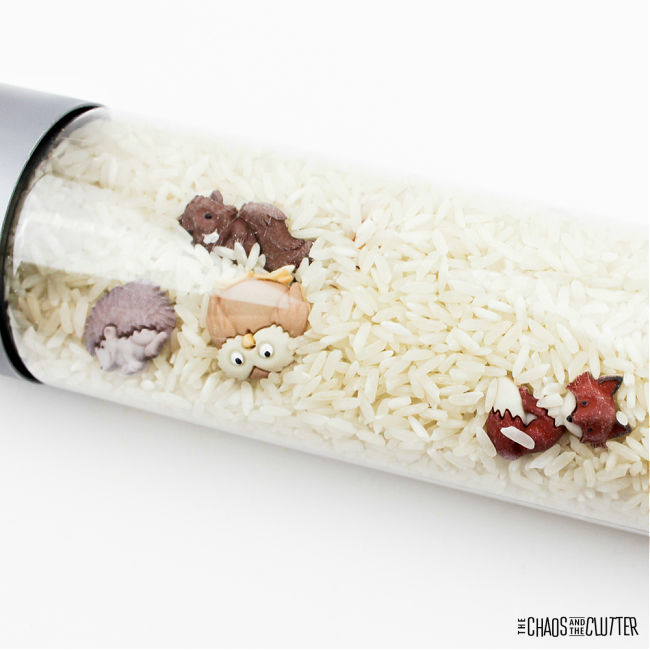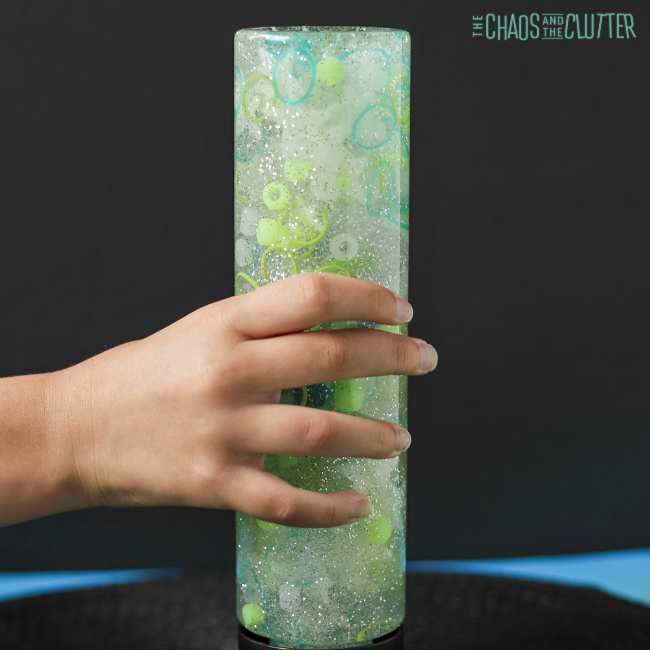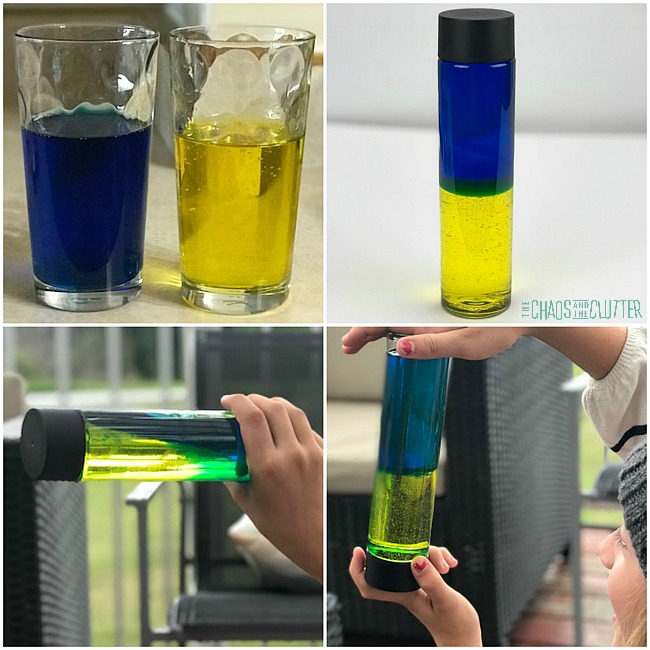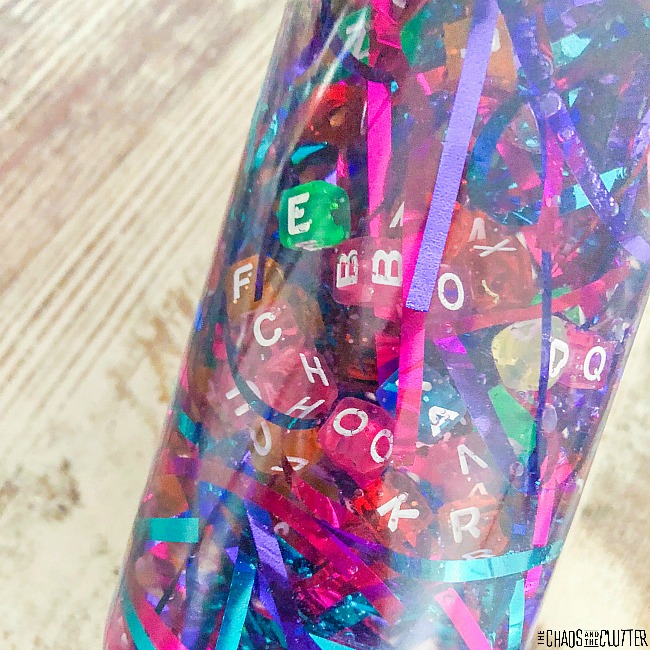Finding fun and educational activities for the holidays is a great way to incorporate the celebration into your learning. And when it comes to St. Patrick’s Day, there’s no better way to learn and play than with clear slime! This quick and easy slime recipe allows you to add in fun holiday-themed elements, making it a great STEAM activity your kids will love. 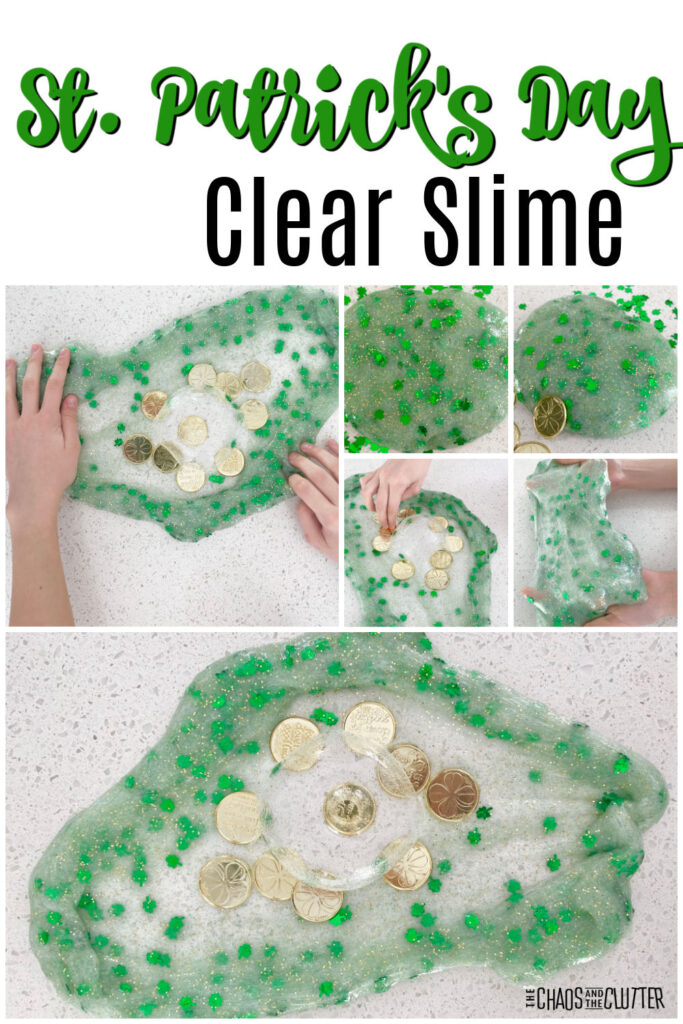 What’s so great about making clear slime is how easily it can be adapted to the holiday season. Use the basic recipe to make the slime, then mix in different elements based on your celebration. To make your own St. Patrick’s Day slime, grab some gold glitter, shamrock confetti, and plastic coins for your kids to incorporate into their homemade recipe.
What’s so great about making clear slime is how easily it can be adapted to the holiday season. Use the basic recipe to make the slime, then mix in different elements based on your celebration. To make your own St. Patrick’s Day slime, grab some gold glitter, shamrock confetti, and plastic coins for your kids to incorporate into their homemade recipe.
St. Patrick’s Day Clear Slime Recipe:
Supplies Needed:
- 1 cup Elmer’s Clear School glue
- 2-3 Tbsp. contact lens saline solution
- 1/2 tsp. baking soda
- gold glitter
- shamrock confetti
- plastic gold shamrock coins
Instructions:
- Pour the glue into a large mixing bowl and stir the baking soda into it.
- Begin to add the contact lens solution a few drops at a time as you stir.
- When you find that the mixture begins to pull away from the bowl, it’s time to begin kneading.
- Add the glitter and confetti. Continue kneading.
- Fold in some of the gold coins or offer them to your child as they begin to play.
- If the slime is still too sticky to play with, add one or two more drops of contact solution and knead.
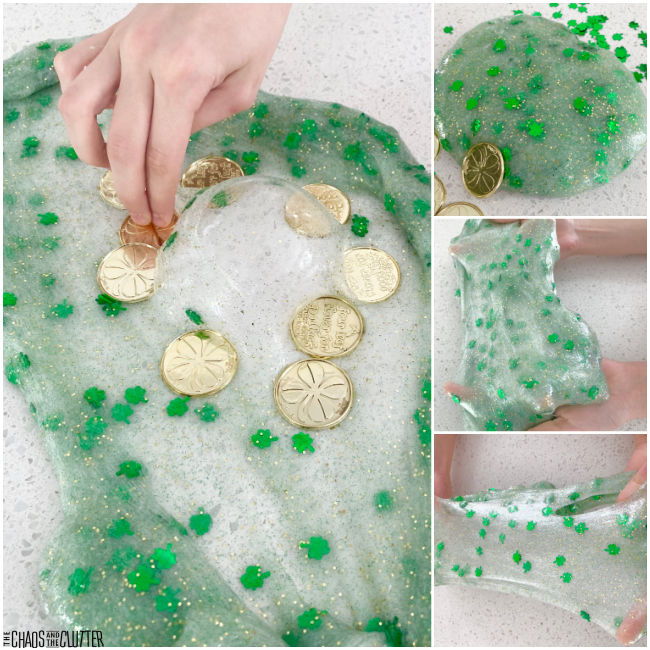
How to Make Perfect Slime
Making great slime doesn’t have to be difficult! And since it’s a messy project anyway, there really isn’t one way particular way to make a batch of slime. But with these simple tips, you and your kids can make perfect clear slime every time you mix up the ingredients, no matter what holiday you’re celebrating: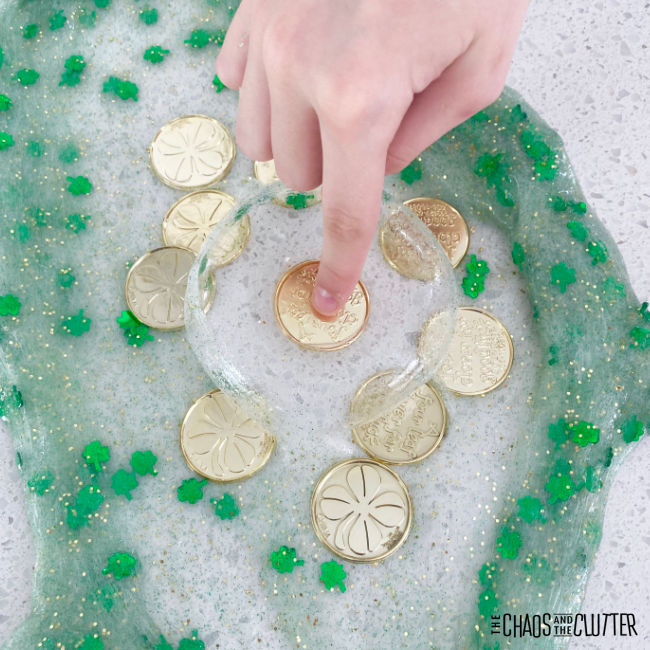
You must use your hands.
The most fun part of this project is getting messy, which means your kids can’t be afraid to get their hands dirty. After adding the contact solution to the glue mixture, you’ll see the slime begin to form. At this point, the only way to properly mix the ingredients is to use your hands.
Pick the right glue.
The key to getting a good slime consistency is to use the right glue in your recipe. Most slime makers recommend Elmer’s glue as their glue of choice. But any washable school glue will work for this recipe. The key to getting the best slime is to use a glue that contains Polyvinyl Acetate or PVA, which is a nontoxic additive found in most washable glues.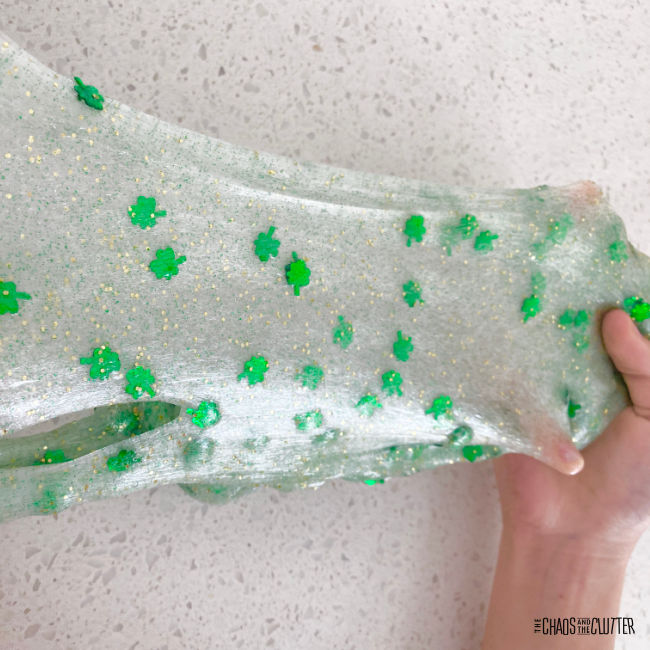
No Borax needed.
When slime making first became popular, many recipes included Borax. But that ingredient isn’t exactly safe around kids. With this easy St. Patrick’s Day slime recipe, you don’t need Borax to make amazing slime! Instead, you need just three nontoxic ingredients – clear glue, saline solution, and baking soda.
Customize with mix-ins.
Once you have your clear slime made, your kids can have some fun personalizing their holiday creation. There are a variety of mix-ins you could use to create holiday slime, including food colouring, glitter, confetti, sequins, small beads, essential oils, puff balls, foam balls, faux snow, glow in the dark pigments, buttons, and rock salt. Experiment with different mix-ins to have some fun with this basic clear slime recipe.
Check out our other St. Patrick’s Day sensory activities:
St. Patrick’s Day Fluffy Slime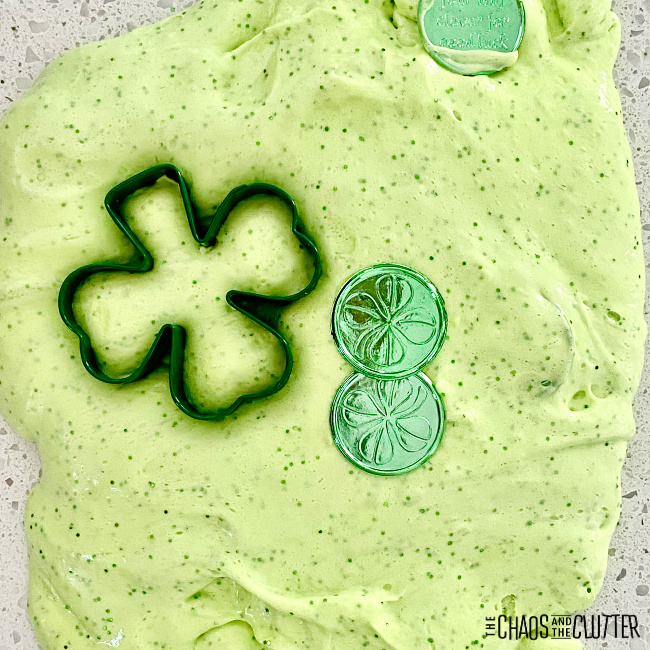 St. Patrick’s Day Sensory Bag
St. Patrick’s Day Sensory Bag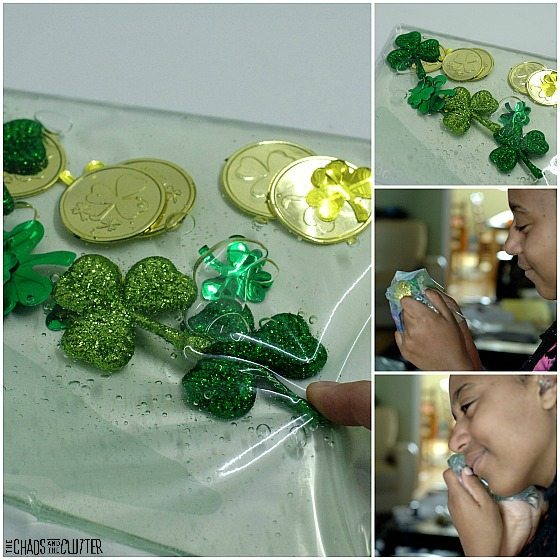 St. Patrick’s Day Sensory Bottle
St. Patrick’s Day Sensory Bottle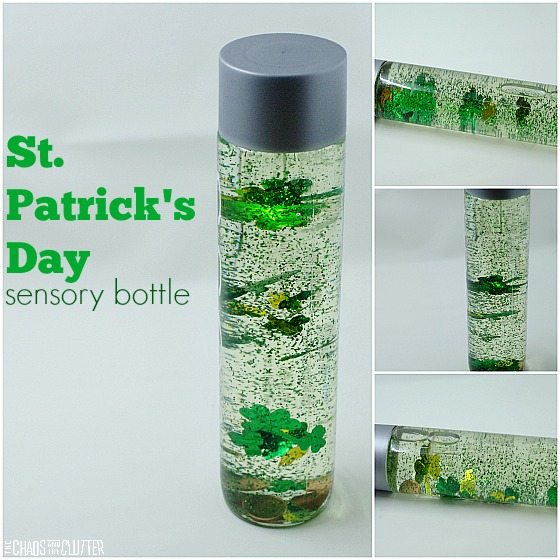
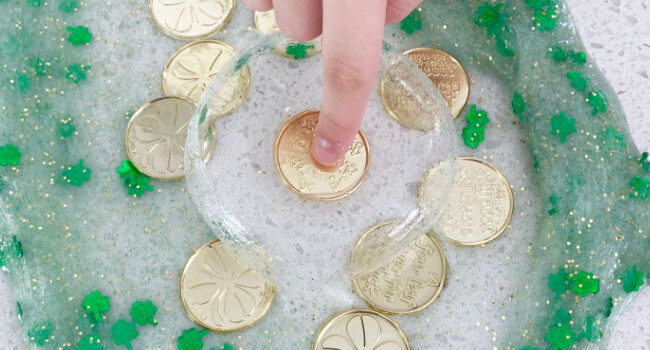
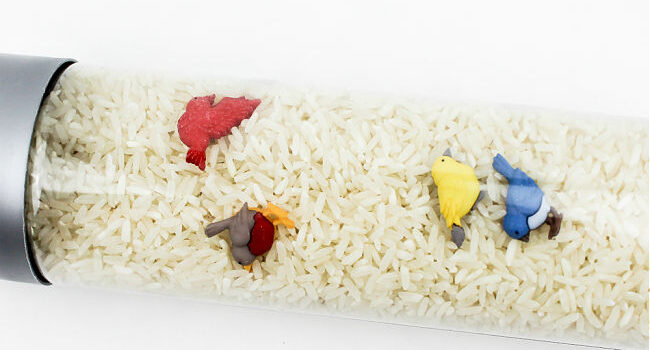
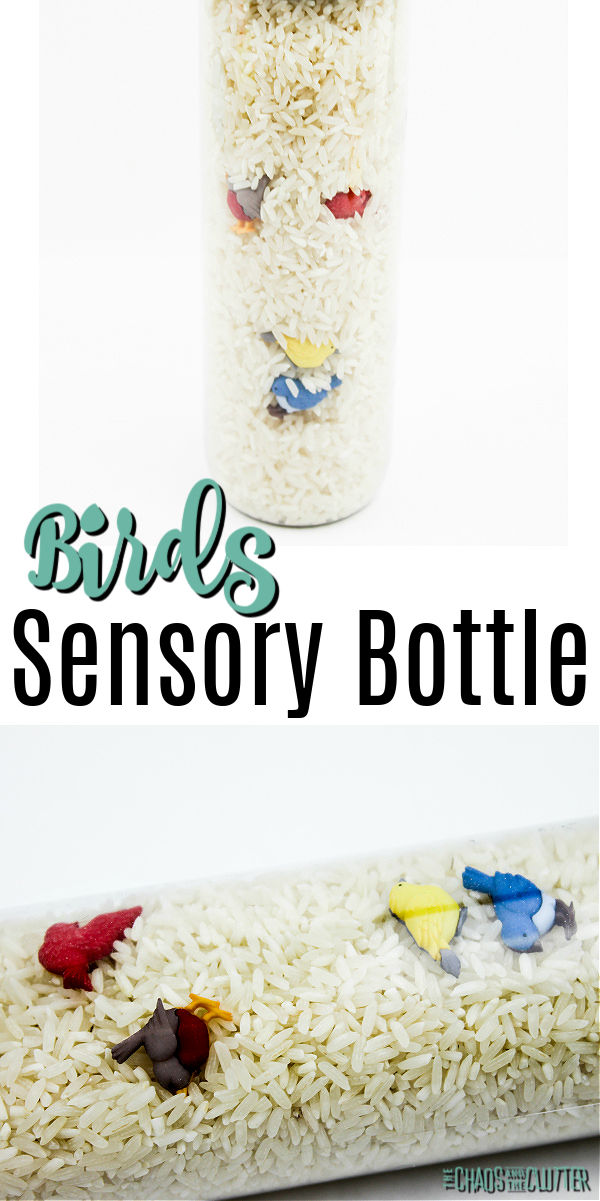 This sensory bottle creates opportunity for kids to use their tactile, visual, and proprioceptive sensory systems. Sensory input is an important part of child development and emotional regulation.
This sensory bottle creates opportunity for kids to use their tactile, visual, and proprioceptive sensory systems. Sensory input is an important part of child development and emotional regulation. 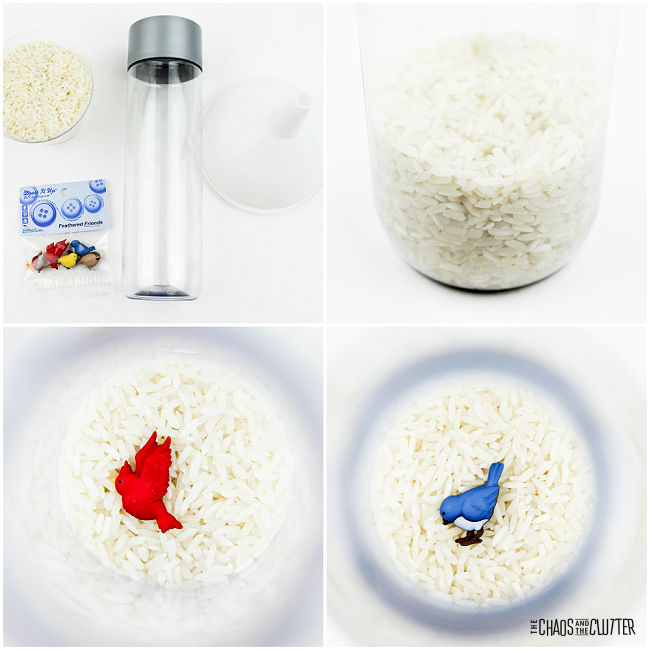 Allow the child to move and shake the rice around until they find all of the birds. They can even expand the activity by researching what type of birds they are.
Allow the child to move and shake the rice around until they find all of the birds. They can even expand the activity by researching what type of birds they are.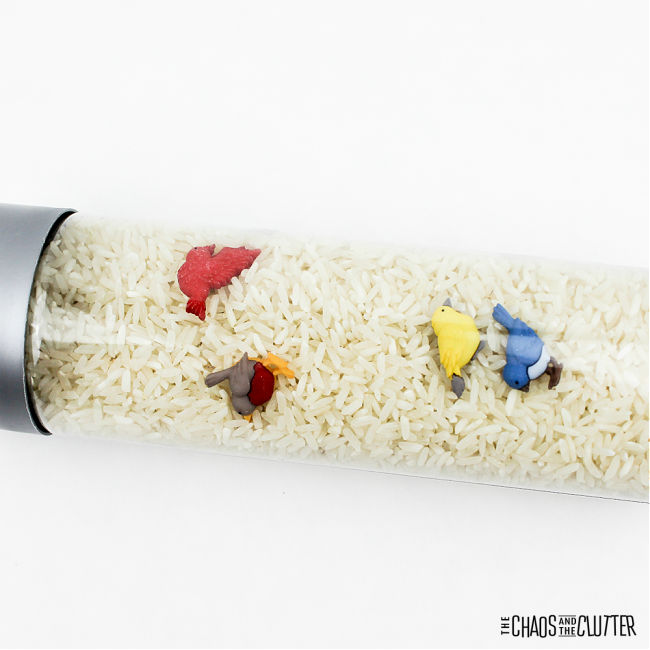
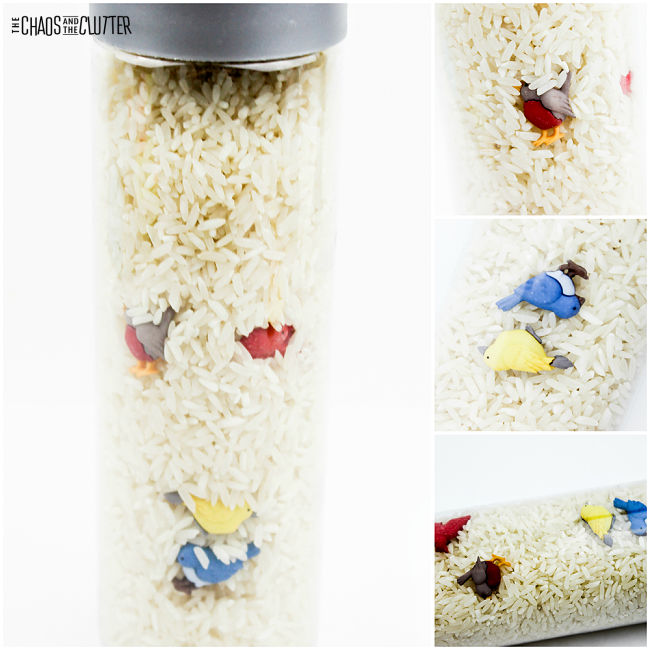 As with all sensory play activities, adult supervision should be used at all times. Even if you have secured the lid with glue, it is still possible to get it open and the bottle contains small parts which are choking hazards for children.
As with all sensory play activities, adult supervision should be used at all times. Even if you have secured the lid with glue, it is still possible to get it open and the bottle contains small parts which are choking hazards for children.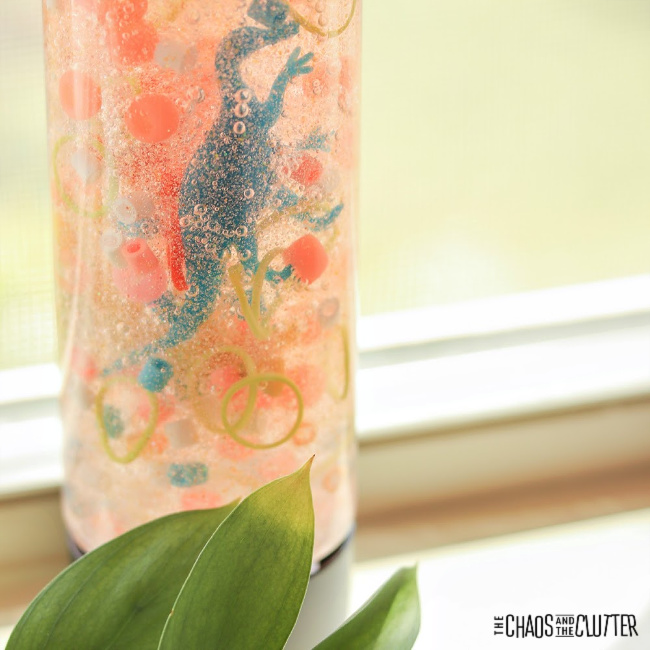
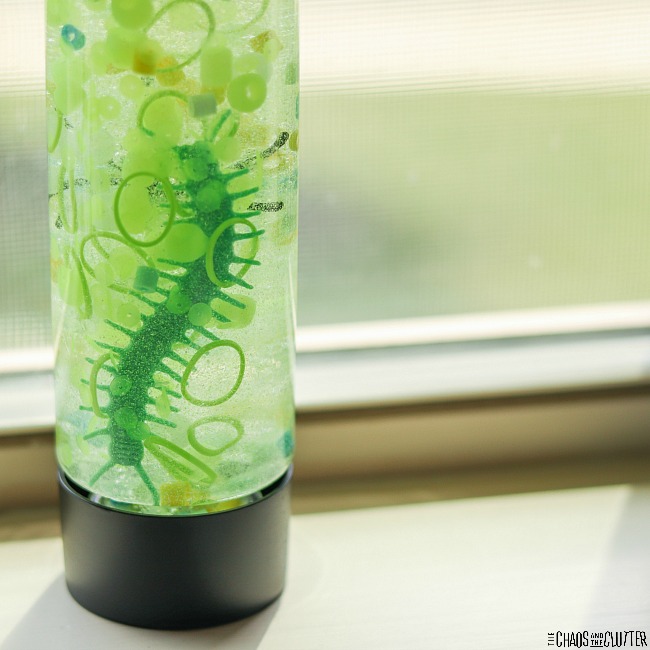
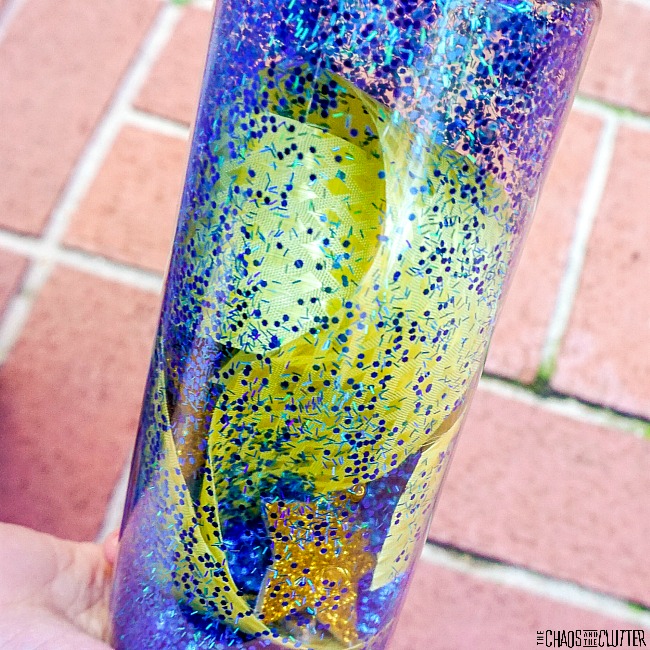

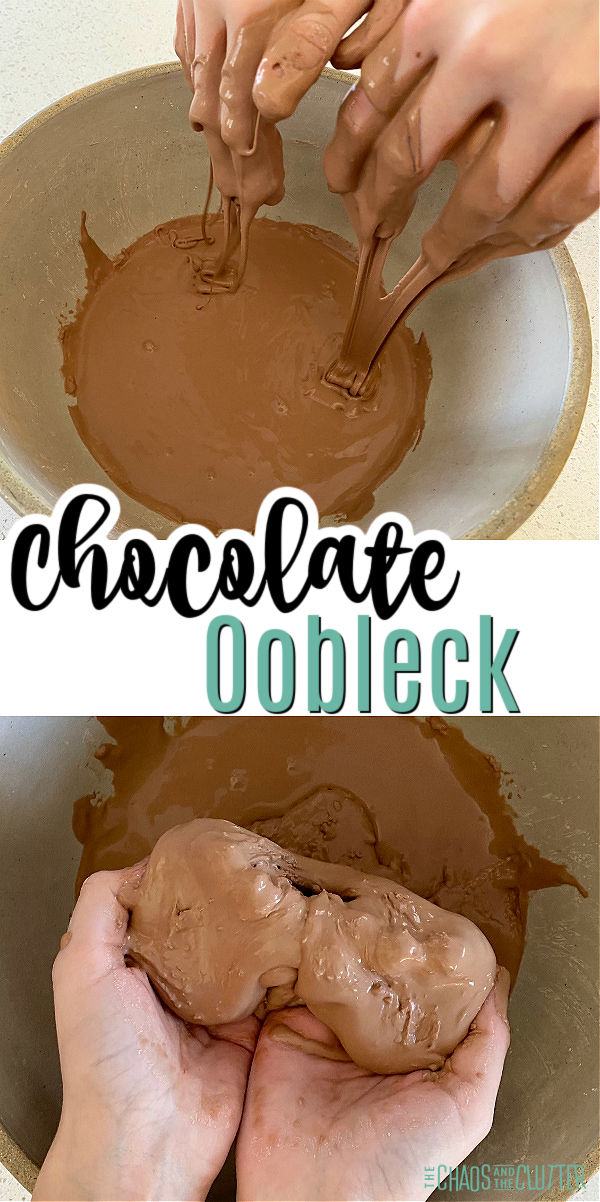 This recipe makes great messy fun for kids. It can be used at home or in the classroom for a fun sensory activity. Because it’s taste safe, it can even be used with toddlers or preschoolers.
This recipe makes great messy fun for kids. It can be used at home or in the classroom for a fun sensory activity. Because it’s taste safe, it can even be used with toddlers or preschoolers.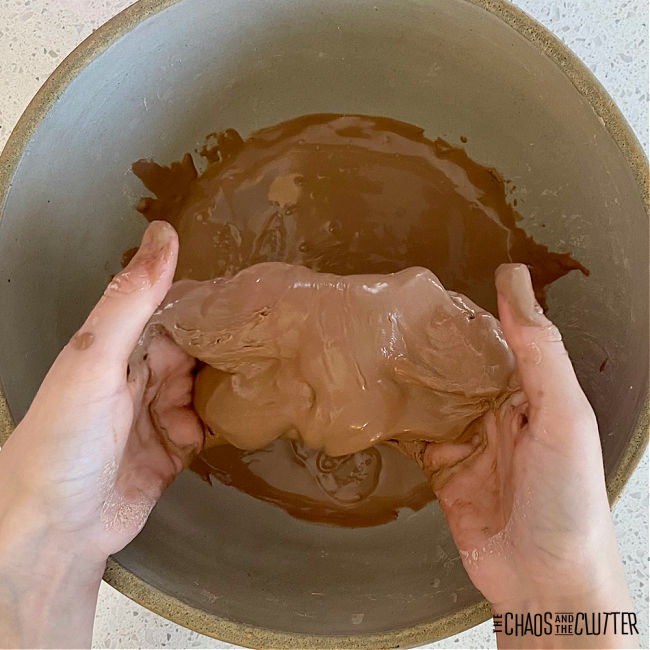
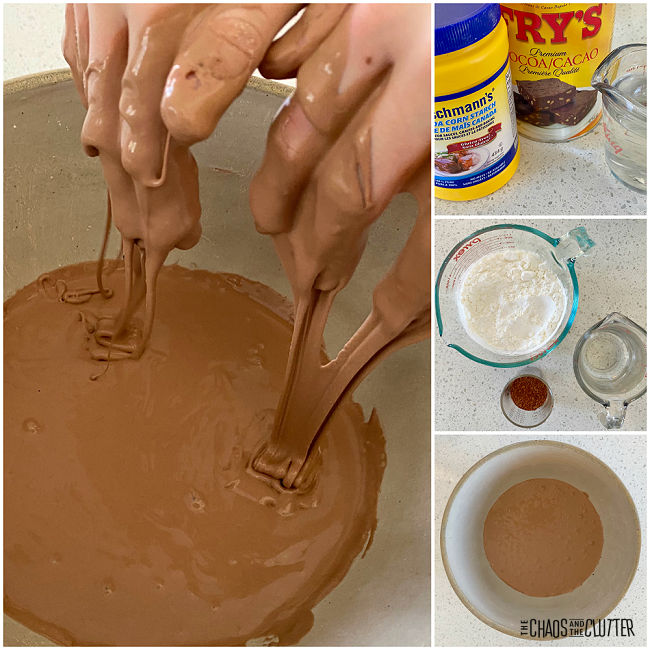 Important notes: Make your oobleck on the day you want to play with it as it doesn’t keep longer than a day or two. NEVER dispose of oobleck down the drain as it will clog your drain. Allow it to dry uncovered and then scoop it into the garbage.
Important notes: Make your oobleck on the day you want to play with it as it doesn’t keep longer than a day or two. NEVER dispose of oobleck down the drain as it will clog your drain. Allow it to dry uncovered and then scoop it into the garbage.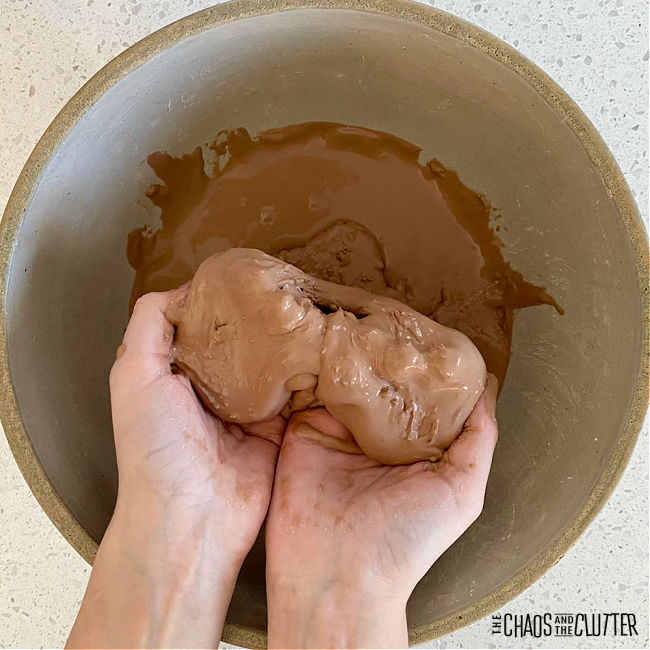
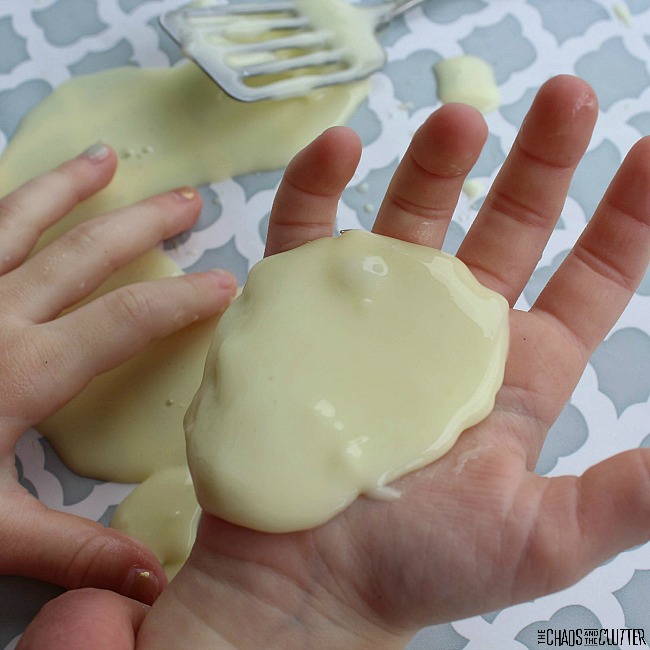
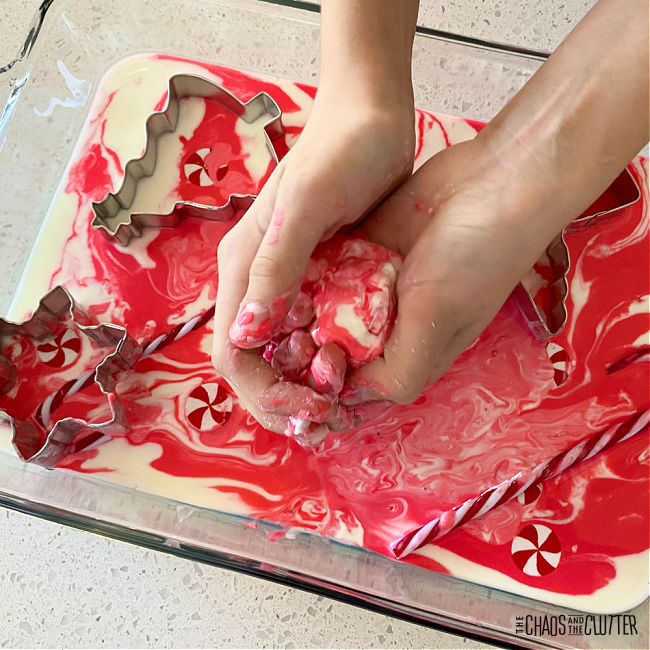
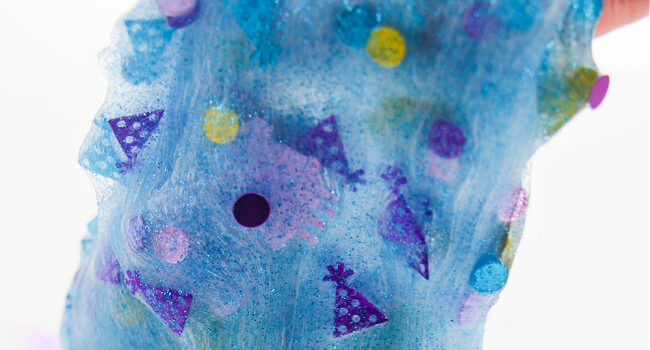
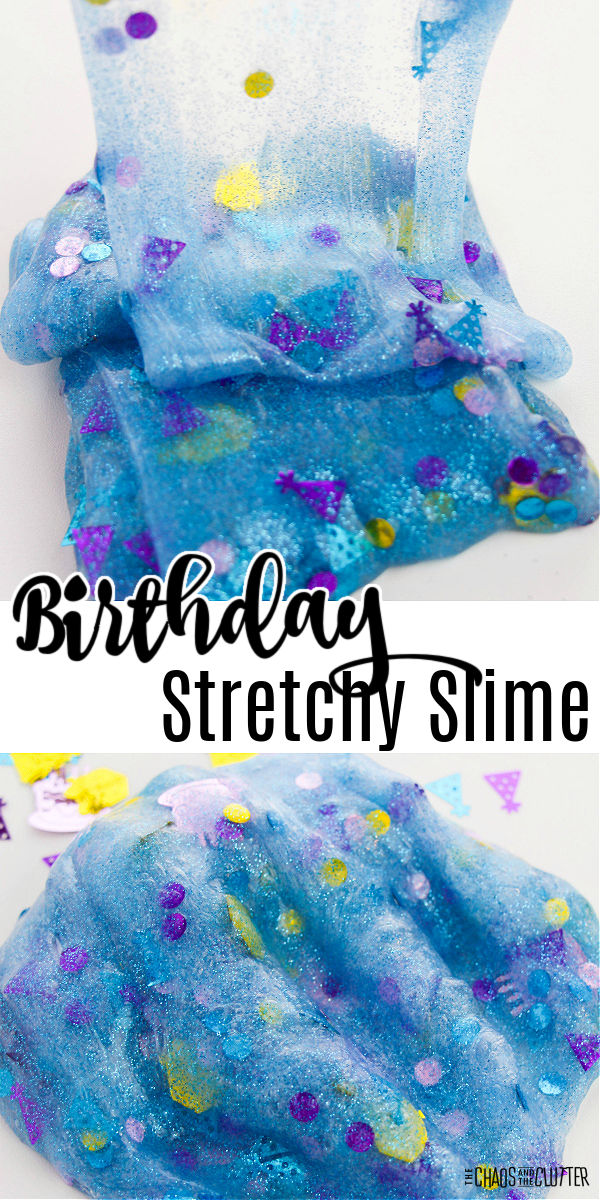
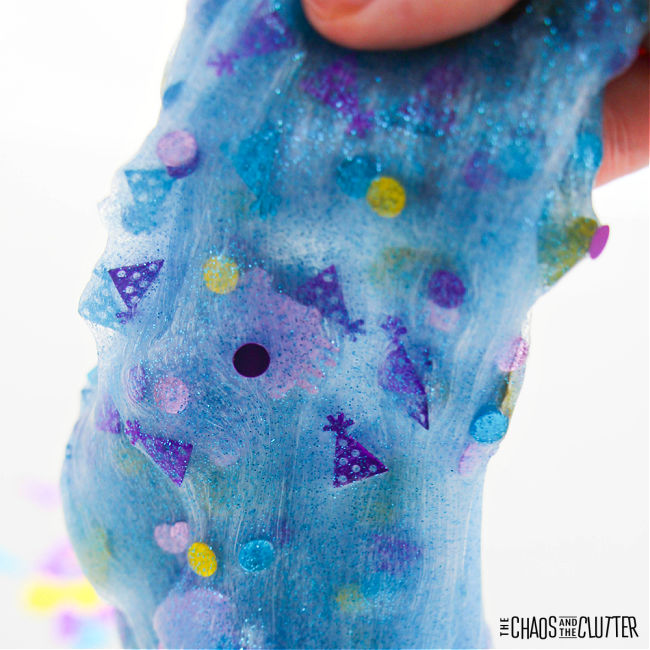
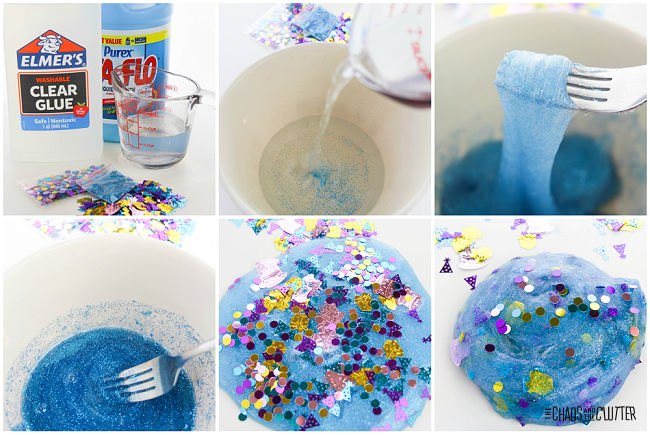 Directions:
Directions: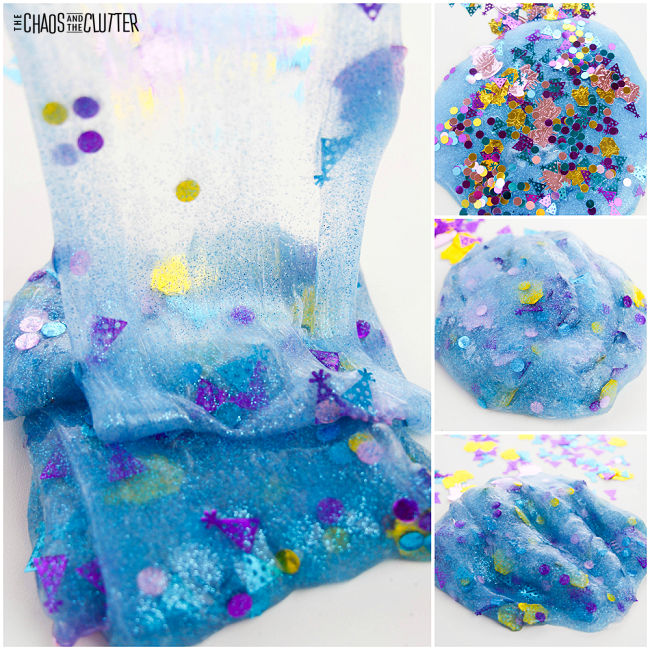 When not in use, store in an airtight container or resealable bag. Adult supervision should be used for this and all sensory play. Be sure to wash hands well after handling slime.
When not in use, store in an airtight container or resealable bag. Adult supervision should be used for this and all sensory play. Be sure to wash hands well after handling slime. 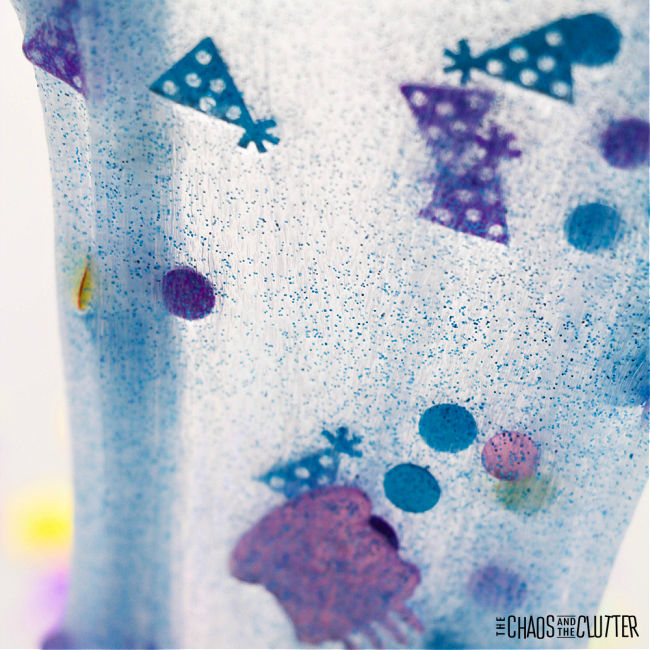
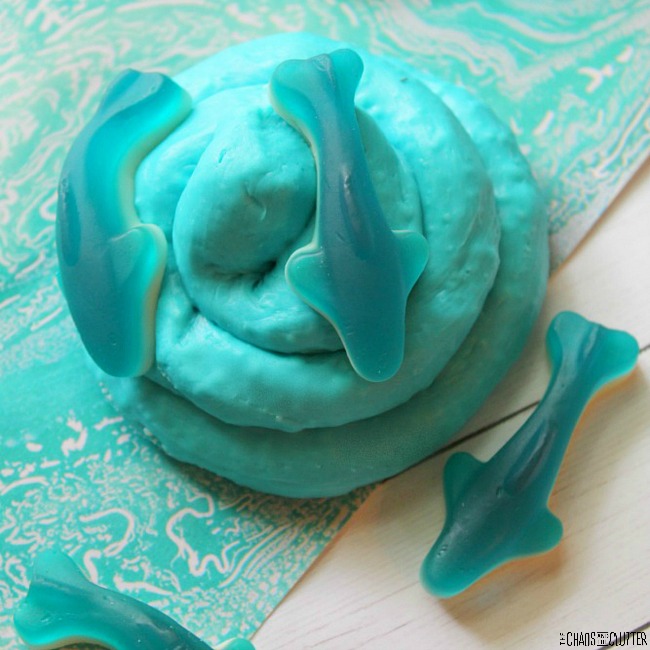
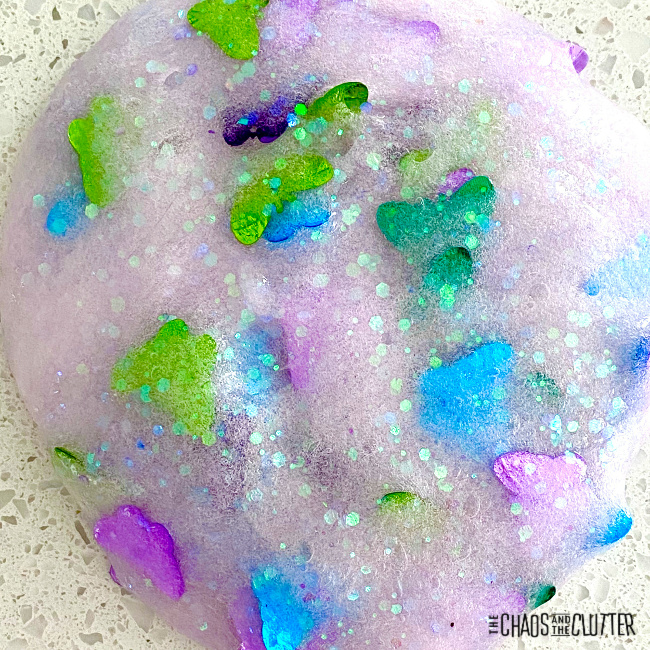
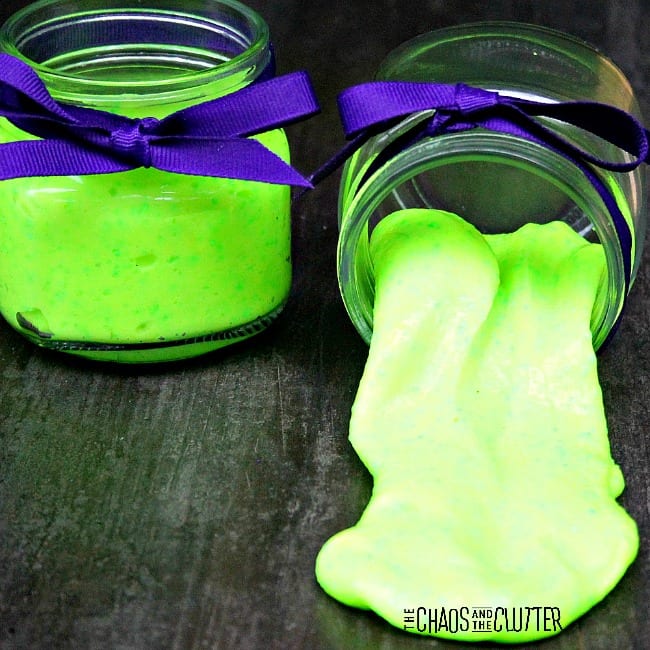
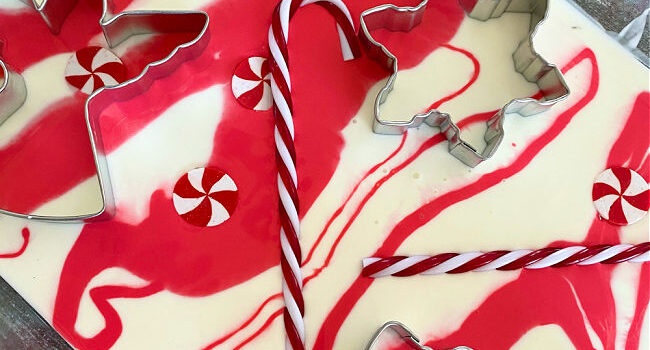
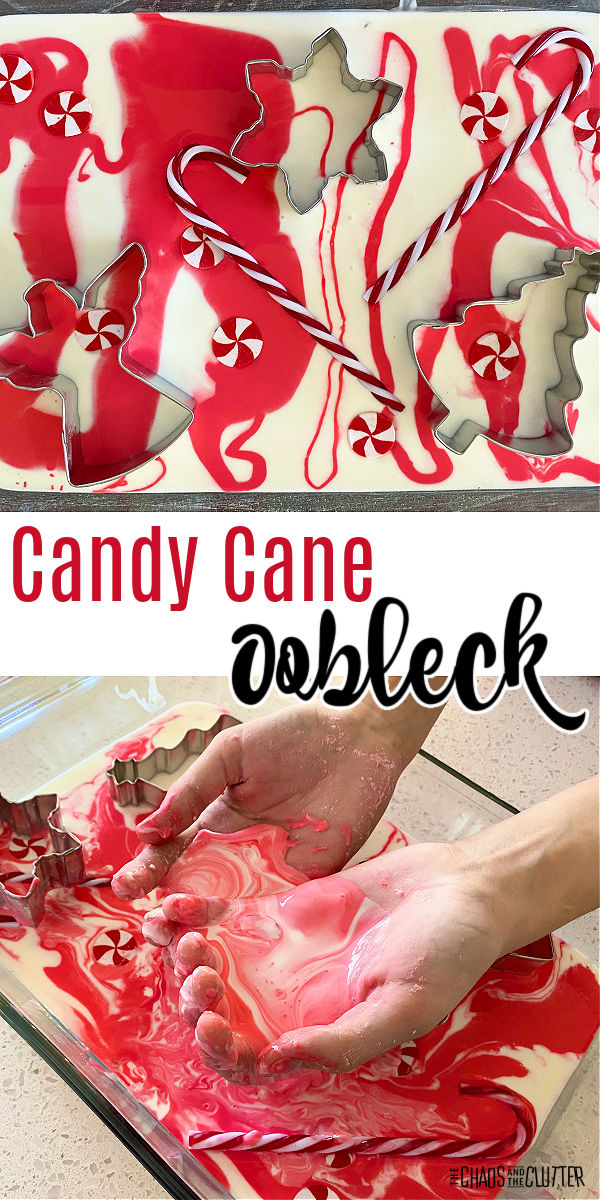 My kids love playing with oobleck and this candy cane themed one was especially fun. They enjoyed creating patterns and molding and squishing it into a ball and then watching as that ball turned to liquid and slid off their hands.
My kids love playing with oobleck and this candy cane themed one was especially fun. They enjoyed creating patterns and molding and squishing it into a ball and then watching as that ball turned to liquid and slid off their hands.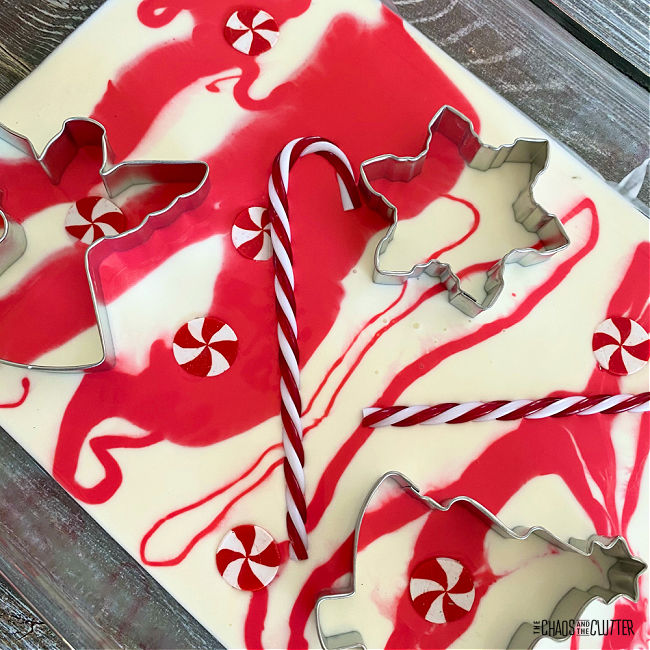
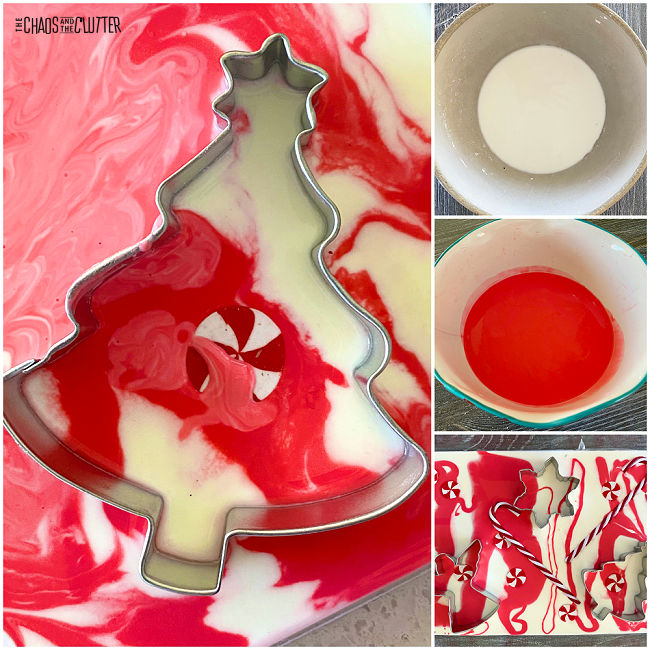 There is so much great sensory input in this activity. It provides wonderful tactile input, visual input, proprioceptive input, and if you use scent, olfactory input. Kids can squish it, squeeze it, tap it, drizzle it, smush it around, and pour it.
There is so much great sensory input in this activity. It provides wonderful tactile input, visual input, proprioceptive input, and if you use scent, olfactory input. Kids can squish it, squeeze it, tap it, drizzle it, smush it around, and pour it.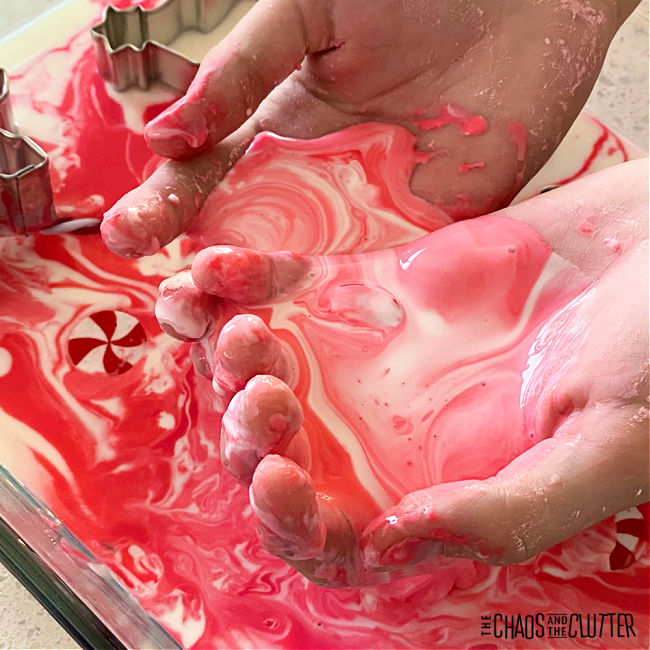
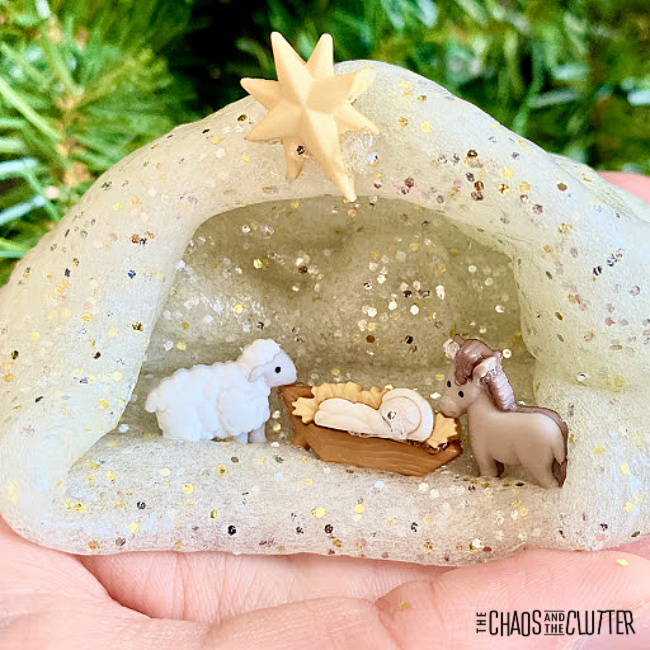

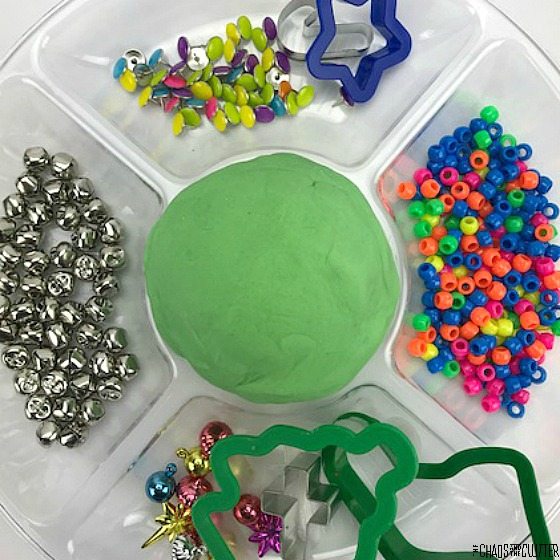

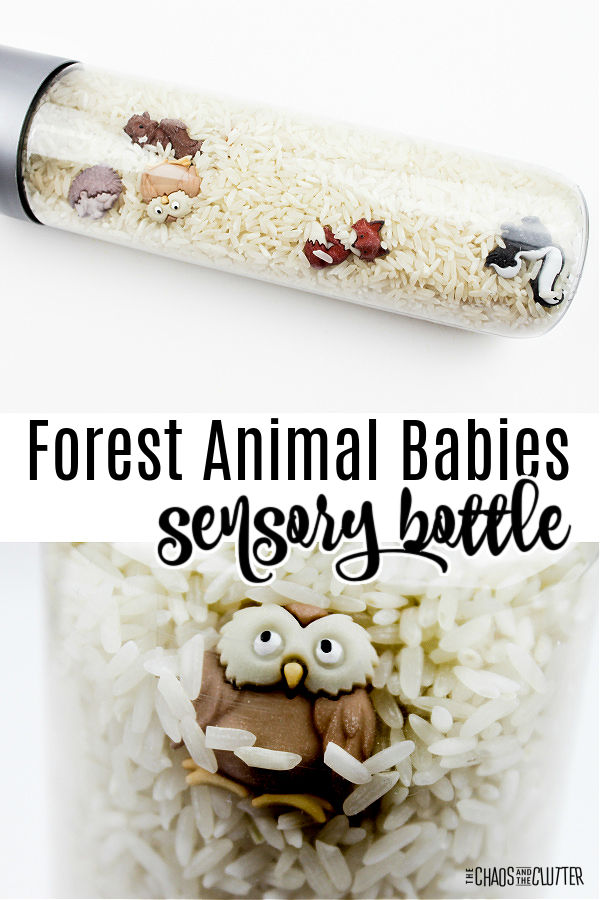 Kids will use their tactile, visual, and proprioceptive sensory systems. They can also practise counting skills, memory, visual recognition skills, and communication.
Kids will use their tactile, visual, and proprioceptive sensory systems. They can also practise counting skills, memory, visual recognition skills, and communication. 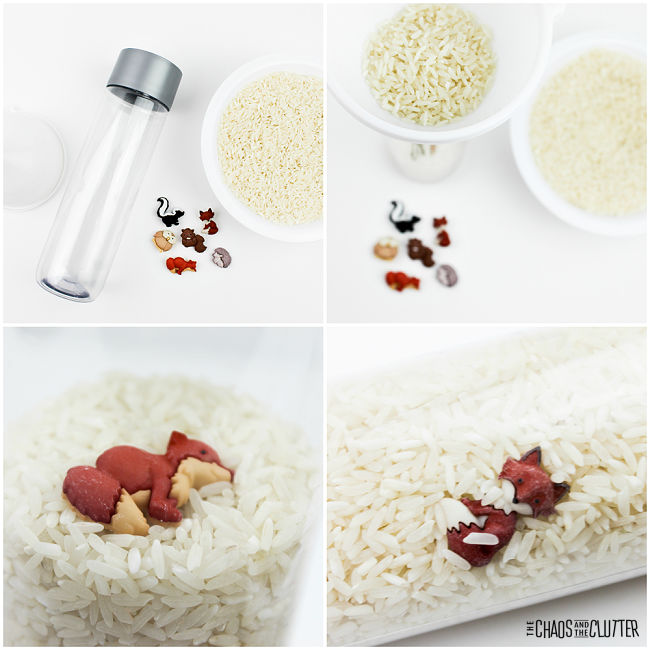 Kids can move and shake the rice around to find all of the forest babies in the bottle. You can also give them a cheat sheet so they know what they are looking for.
Kids can move and shake the rice around to find all of the forest babies in the bottle. You can also give them a cheat sheet so they know what they are looking for.